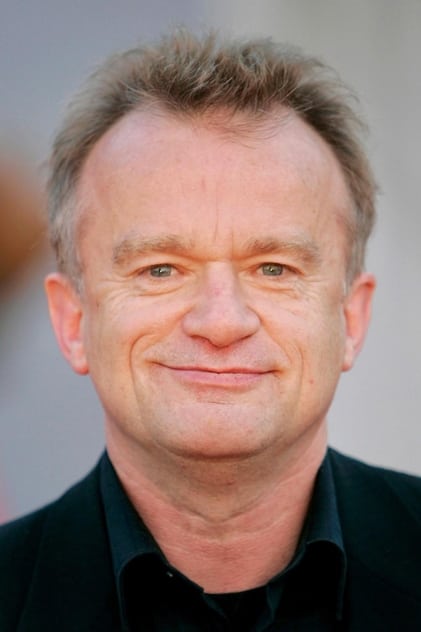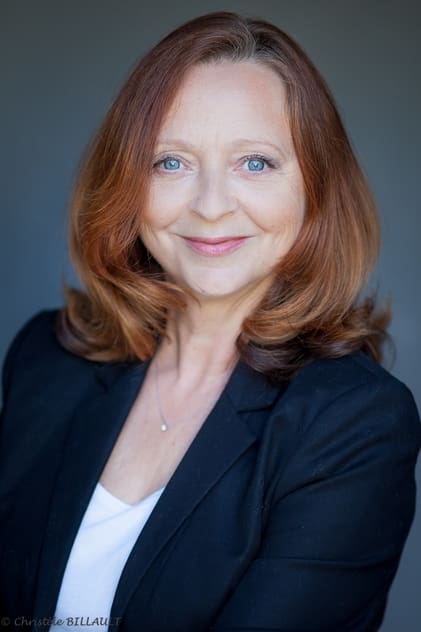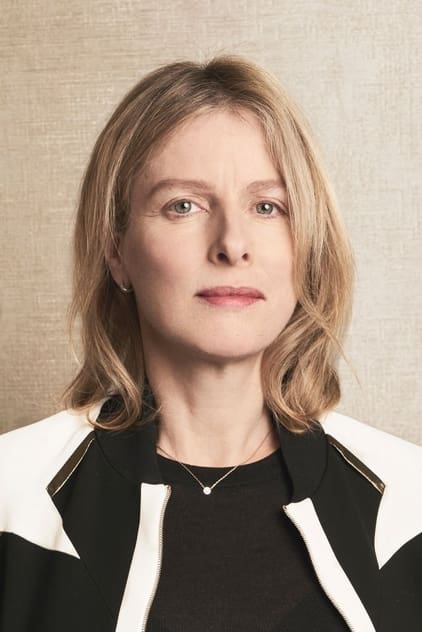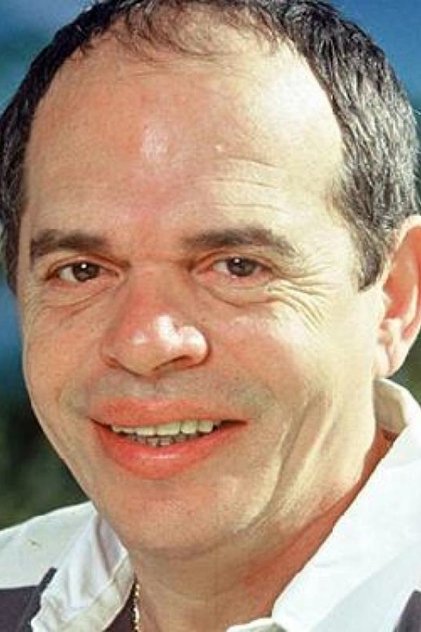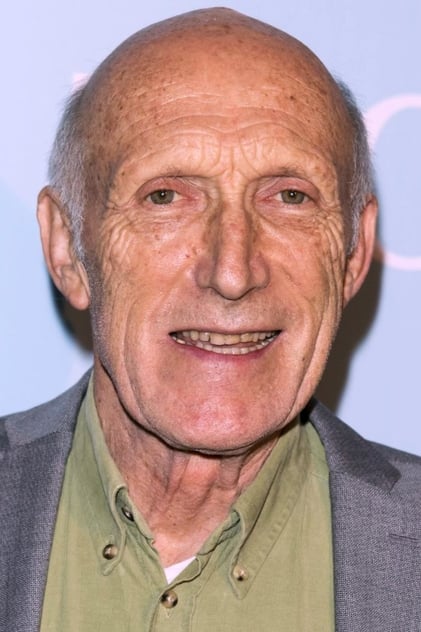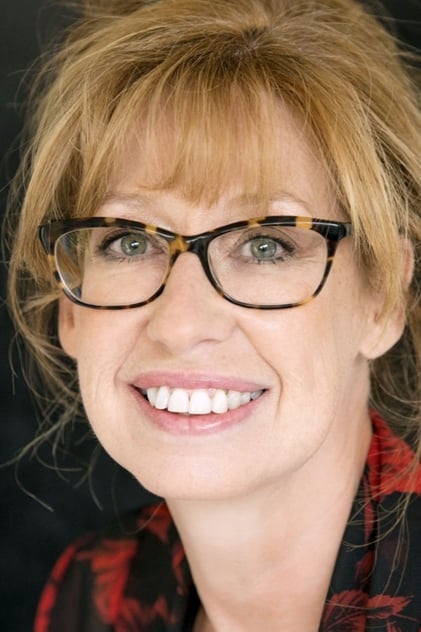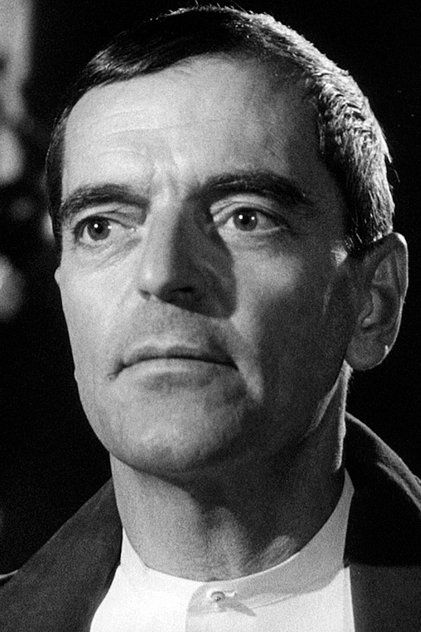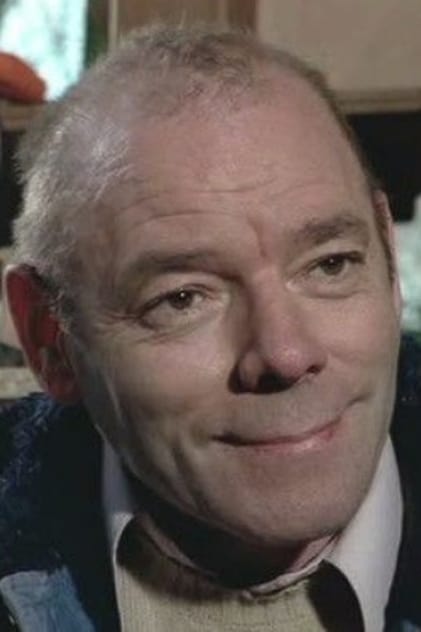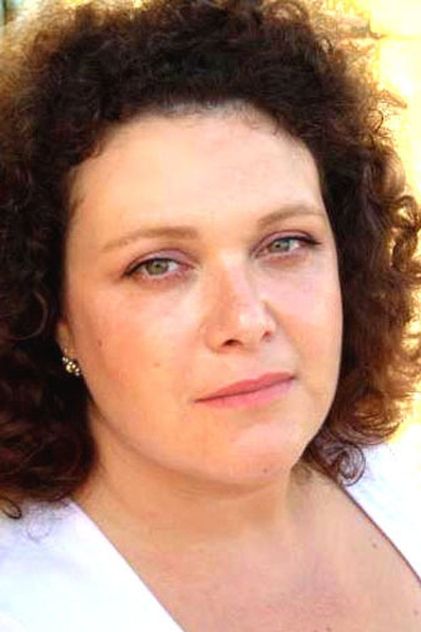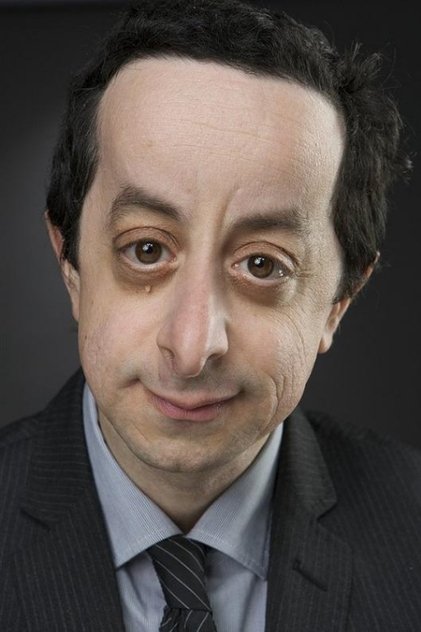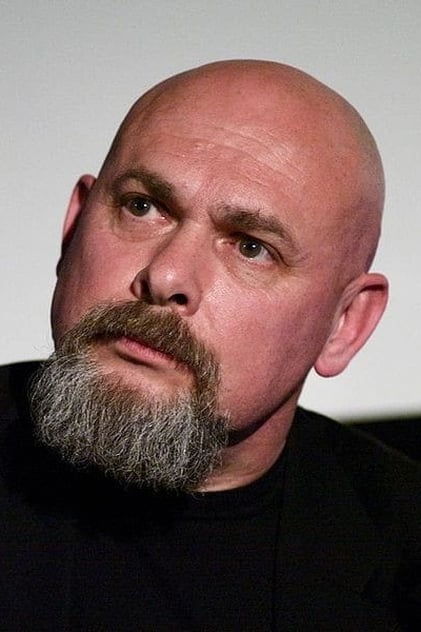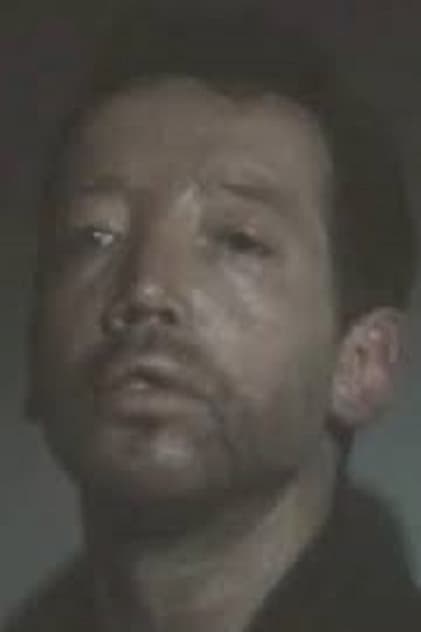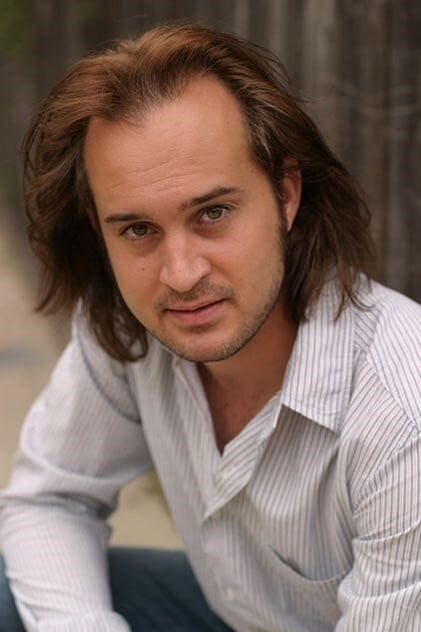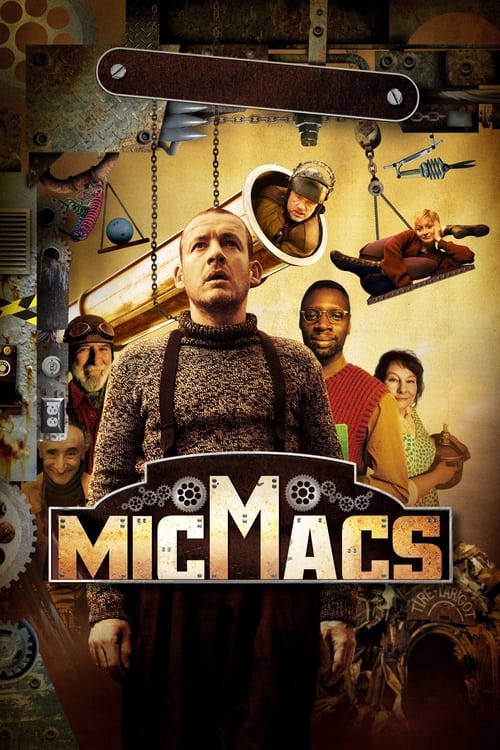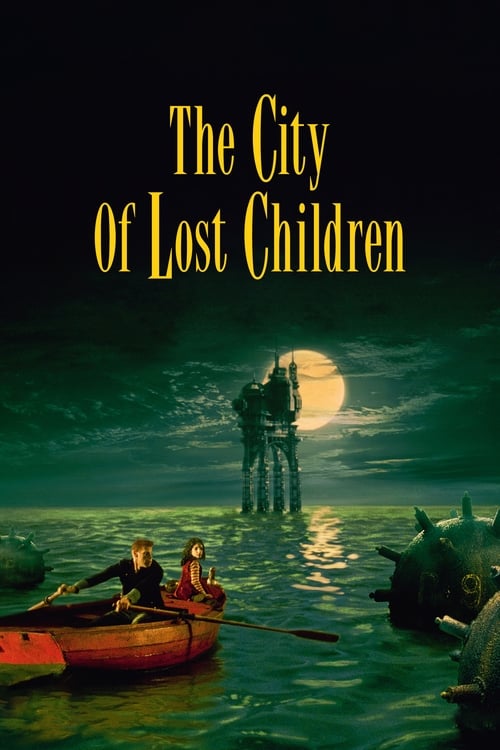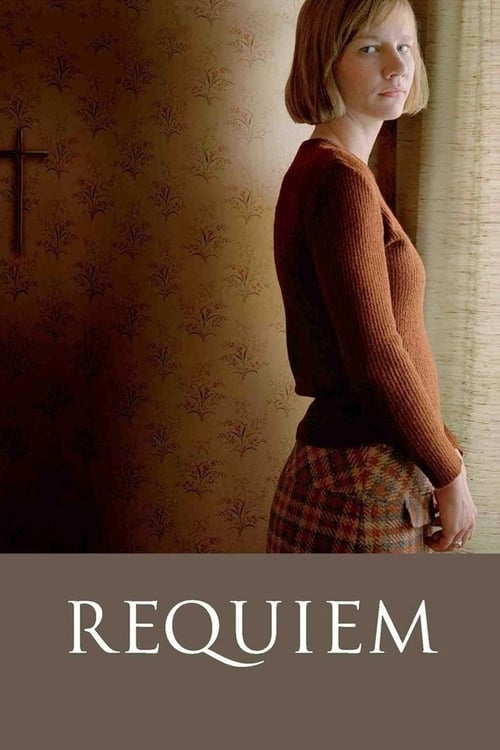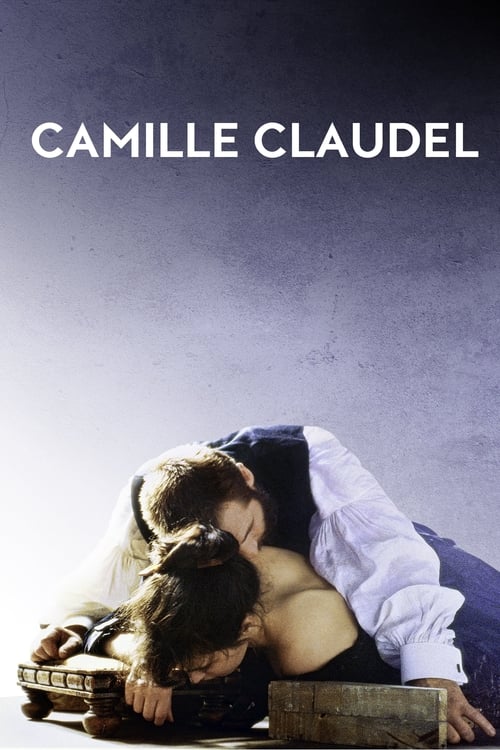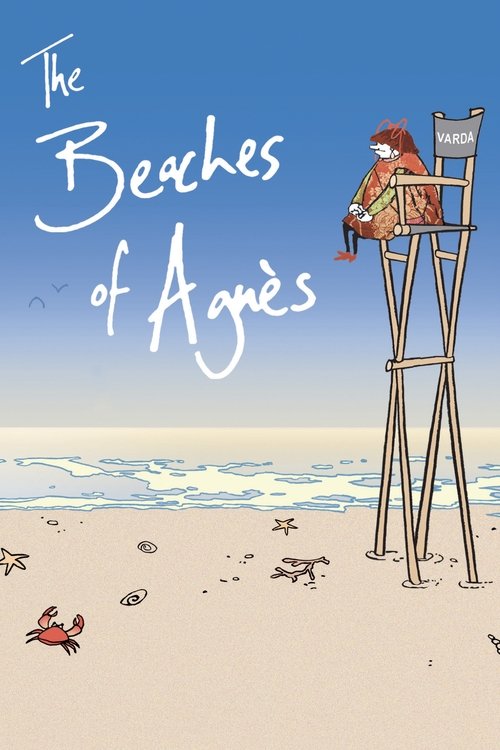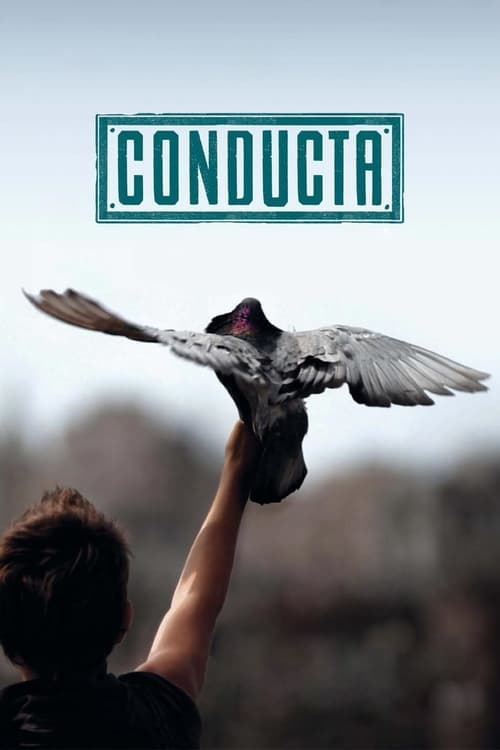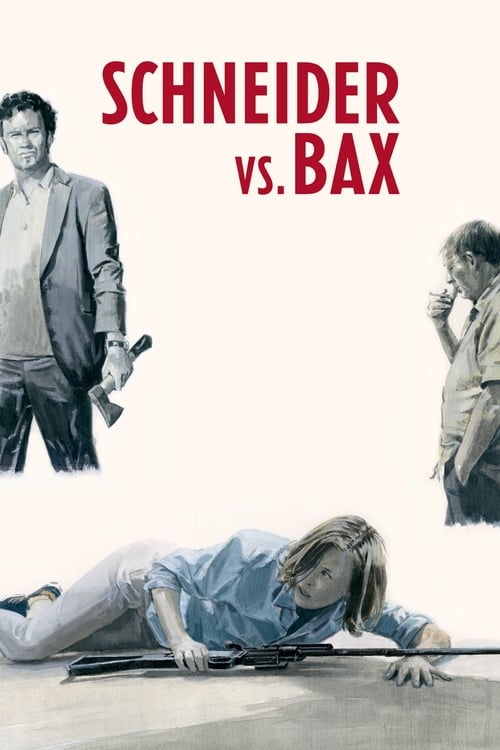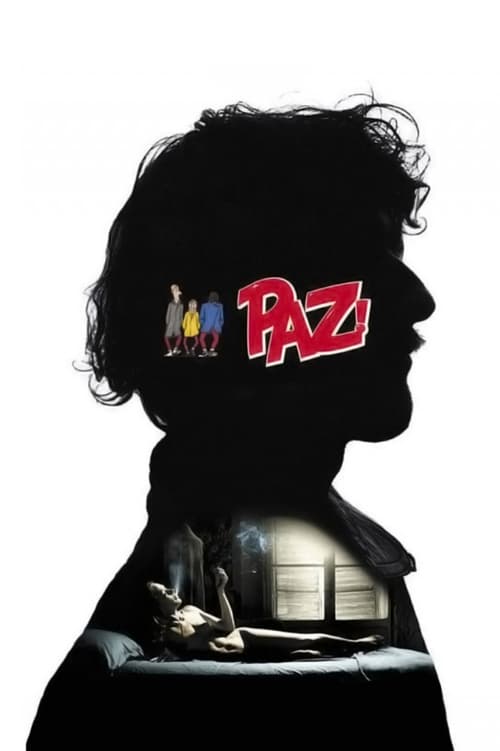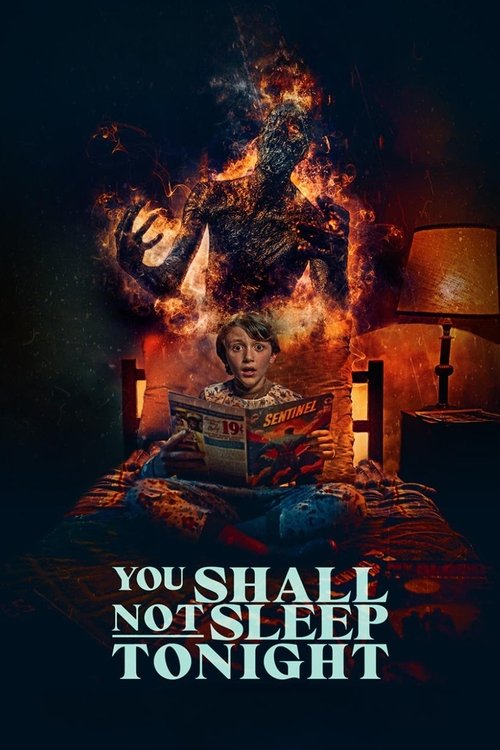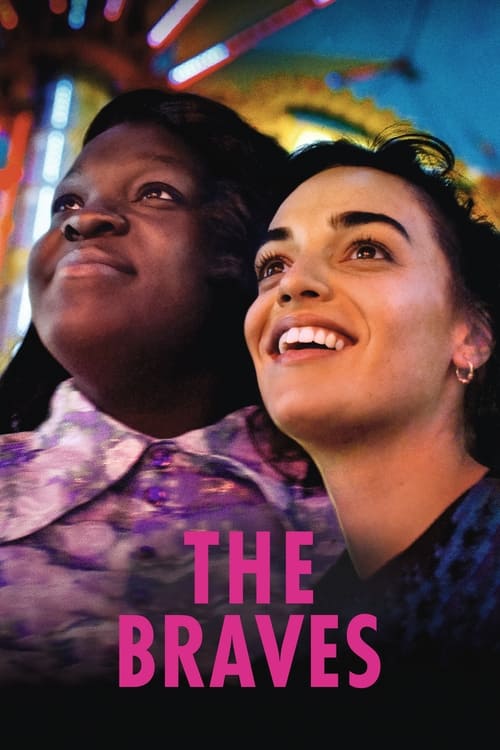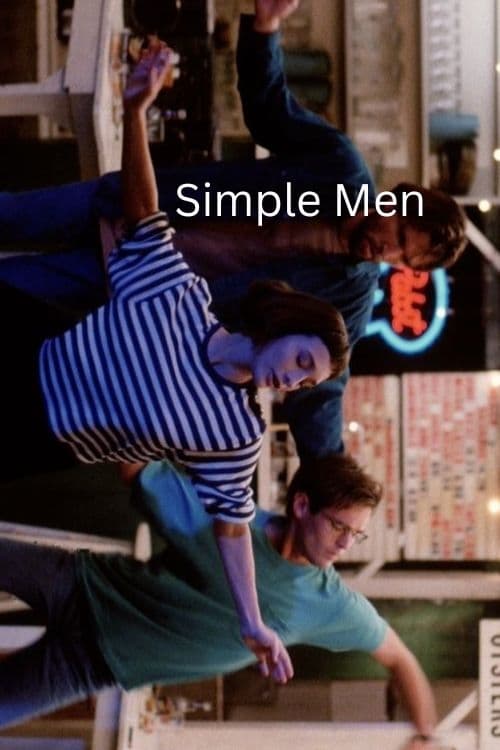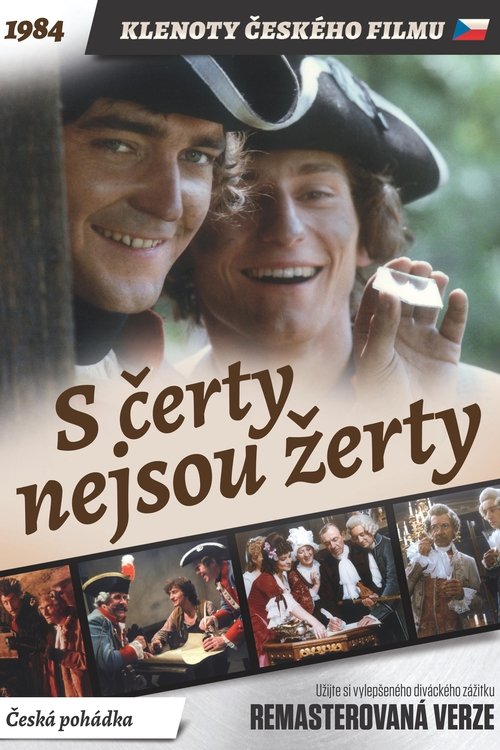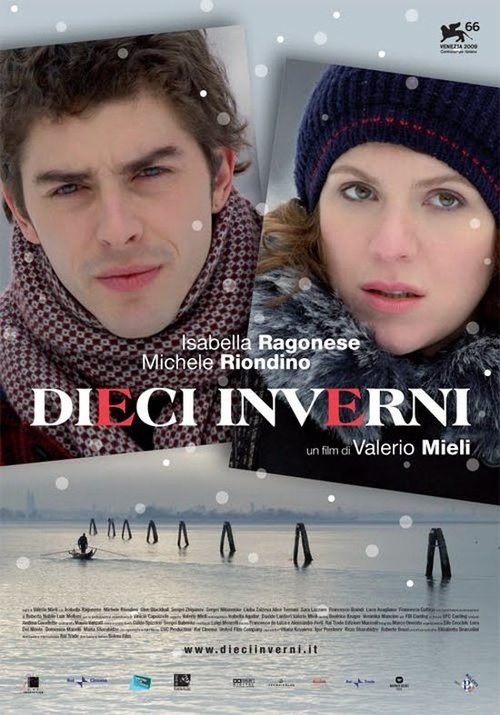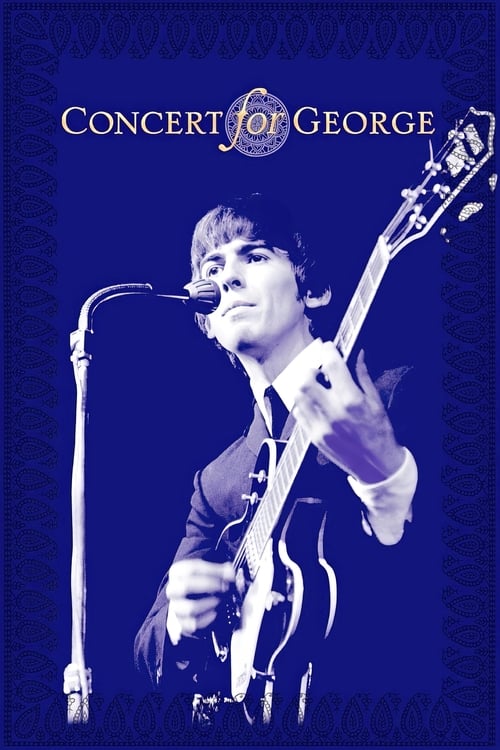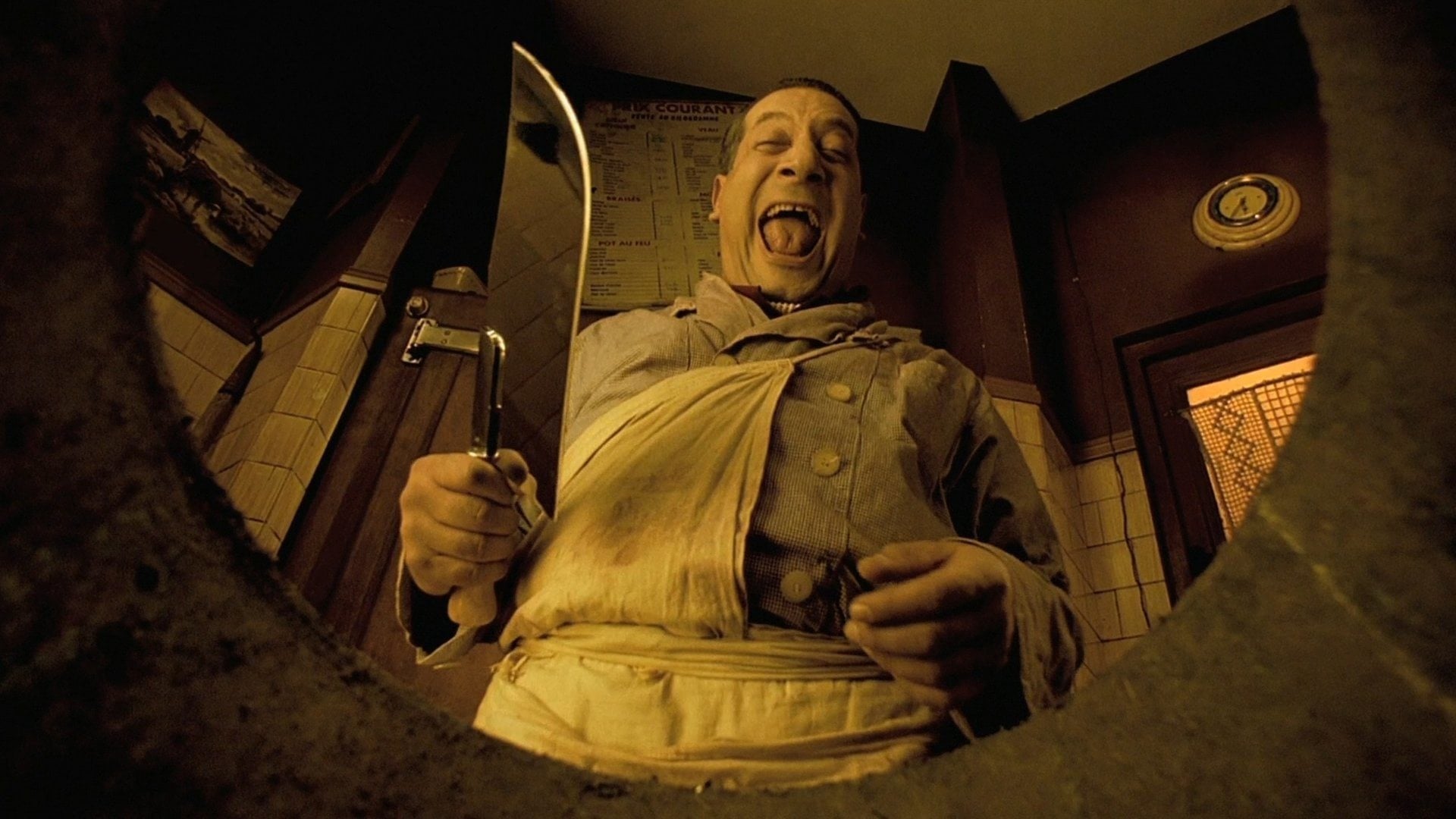
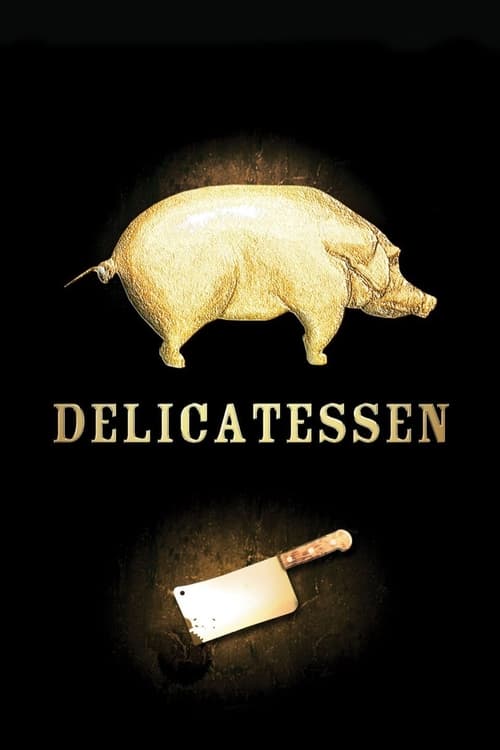
1991
·99m
Delicatessen
Summary
In a post-apocalyptic world, the residents of an apartment above the butcher shop receive an occasional delicacy of meat, something that is in low supply. A young man new in town falls in love with the butcher's daughter, which causes conflicts in her family, who need the young man for other business-related purposes.
Reviews
FilipeManuelNeto
May 14, 2023
**French-style grotesque surrealism, in a film with style but no content.**
I think I got to know Jean-Pierre Jeunet in the same way as almost everyone who doesn't follow French cinema at the same time: through the film “Amelie”. The film brought the director international and is unanimously considered his greatest and most relevant work. Given how much I liked this movie, I decided to see this one, but my experience was different. If “Amelie” was magical and beautiful, this film is much more uninteresting. It was treated like a surreal nightmare: it's a story about a butcher who occasionally sells human flesh in a dystopian future.
Regardless of how much I felt disgusted by the aesthetics adopted in the film and by its bizarre theme, there is no doubt that it was a work with notes of quality: the degradation of buildings and the environment symbolizes or synthesizes the degradation of morals and values. The cacophony of sounds and images, between the dreamlike and the grotesque, is purposeful and intense (for example, that moment when the sound of bed springs where a couple makes love mixes with the sounds of a girl practicing the cello or from another neighbor who paints the ceiling of his apartment). The director's marks of talent, the quality we saw in “Amelie” is here, but distorted and adapted to a much less sympathetic film project.
The film has good actors and the performance of each of them helps the film to become a little more palatable. Dominique Pinon stood out the most: he knows how to balance between seriousness and hilarity, and has a body and facial expressiveness that is remarkable. Jean Claude Dreyfus also deserves a positive note, while Marie-Laure Dougnac doesn't seem to me to have anything relevant to do other than appear ethereal, diaphanous as a mirage.
Being a film that cares more about style than content, it also presents us with a very sharp and stylized cinematography: I must say that I admired the camera angles and the filming work, quite original, but that I don't particularly like the color, where an ocher tone made the film excessively brown. And despite the efforts, the soundtrack is one of those innocuous elements, which neither enhances nor harms the film because it does not deserve our attention in a relevant way.
Media
Status:
Released
Original Language:
French
Budget:
$4,000,000.00
Revenue:
$1,794,187.00
